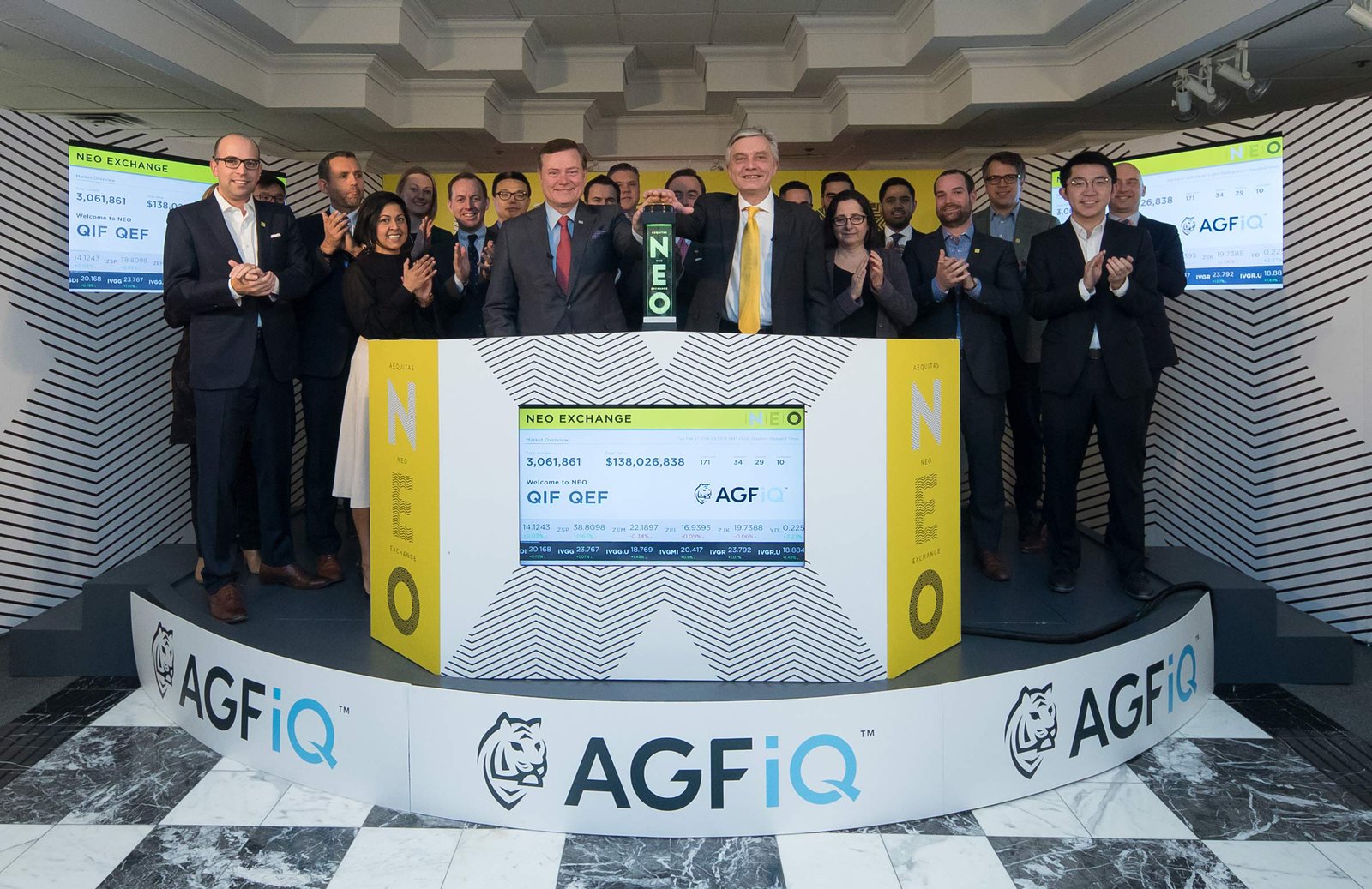AGF Investments has announced the final distribution amounts for its lineup of exchange-traded funds (ETFs) for the year 2024. This announcement provides investors with critical details about the distribution yields, reflecting the firm’s ongoing commitment to transparency and shareholder value. Below, we explore the details of these distributions, the factors influencing them, and their implications for investors.
Overview of the Final Distributions
AGF Investments has disclosed the distribution per unit for its ETFs, encompassing equity, fixed income, and multi-asset strategies. These payouts, scheduled for late December, represent the culmination of the ETFs’ performance throughout the year.
- Equity ETFs: Equity-focused ETFs, which invest in a variety of sectors and regions, reported robust distributions driven by strong market performance in key sectors like technology and healthcare.
- Fixed Income ETFs: Despite challenges in the bond market due to fluctuating interest rates, fixed-income ETFs maintained stable distributions, reflecting prudent asset management.
- Multi-Asset ETFs: These funds, designed to balance risk and reward, provided consistent payouts, benefiting from diversified holdings across asset classes.
Factors Influencing the 2024 Distributions
The final distribution amounts were shaped by several factors, ranging from macroeconomic conditions to AGF’s strategic decisions. Key influences include:
- Market Performance: The strong performance of equity markets, particularly in sectors like renewable energy and AI-driven technology, significantly boosted distributions.
- Interest Rate Environment: Central banks’ policies on interest rates played a pivotal role in shaping the returns of fixed-income ETFs.
- Fund Management Strategies: AGF’s active management approach ensured optimal asset allocation, enabling funds to capitalize on market opportunities.
- Currency Fluctuations: For globally diversified ETFs, changes in currency exchange rates impacted overall returns and distribution amounts.
How Distributions Are Calculated
ETF distributions are typically derived from income generated by the fund’s underlying assets, such as dividends from stocks and interest payments from bonds. Additionally, capital gains realized from the sale of assets within the portfolio contribute to the payouts. AGF employs a meticulous calculation process to ensure fair and accurate distributions.
Tax Implications for Investors
Investors receiving these distributions should be aware of the associated tax implications. The type of distribution—whether it is income, capital gains, or return of capital—determines its tax treatment:
- Income Distributions: These are taxable as ordinary income and must be reported accordingly.
- Capital Gains Distributions: Taxed at the capital gains rate, these distributions often have a lower tax burden compared to ordinary income.
- Return of Capital: This portion is not immediately taxable but reduces the investor’s adjusted cost base of the ETF units.
AGF’s Commitment to Investors
AGF Investments has reiterated its dedication to delivering value to its ETF investors. By maintaining transparent communication and employing strategic management practices, the firm aims to build long-term trust and financial success for its clients. Key aspects of this commitment include:
- Active Management Expertise: Leveraging decades of experience, AGF’s portfolio managers adapt to evolving market conditions to optimize returns.
- Focus on Innovation: The firm continues to develop innovative investment solutions tailored to diverse investor needs.
- Sustainable Investing: With a growing emphasis on environmental, social, and governance (ESG) factors, AGF aligns its strategies with responsible investment principles.
Comparing AGF ETFs to Market Peers
AGF’s ETFs stand out in a competitive landscape due to their robust performance metrics and investor-centric approach. Here’s how they compare:
- Performance Consistency: AGF funds have demonstrated stable returns across market cycles, outperforming several peers in key categories.
- Expense Ratios: Competitive expense ratios make AGF ETFs an attractive choice for cost-conscious investors.
- Diverse Offerings: The range of ETFs, from thematic equity funds to conservative fixed-income options, caters to a wide spectrum of investment goals.
Opportunities for Investors in 2025
Looking ahead, AGF’s ETF lineup offers promising opportunities for investors aiming to achieve their financial goals:
- Equity Growth Potential: Funds focusing on emerging markets and innovative industries are well-positioned for growth.
- Fixed Income Stability: As interest rates stabilize, fixed-income ETFs may offer improved yields and lower volatility.
- Diversified Strategies: Multi-asset funds provide a balanced approach for investors seeking risk-adjusted returns.
How to Maximize ETF Investments
To make the most of their ETF holdings, investors should consider the following strategies:
- Understand the Fund’s Objective: Align your investment choices with your financial goals and risk tolerance.
- Monitor Performance: Regularly review fund performance and stay informed about market trends.
- Diversify Your Portfolio: Spread investments across asset classes and regions to reduce risk.
- Leverage Professional Advice: Consult financial advisors to tailor an investment strategy that suits your needs.
Conclusion
The final distributions announced by AGF Investments for 2024 reflect the firm’s robust performance and commitment to delivering value to ETF investors. By understanding the factors influencing these payouts and adopting informed investment strategies, investors can make the most of their holdings. As 2025 approaches, AGF’s diverse and innovative ETF offerings position it as a strong contender in the competitive world of exchange-traded funds.





Leave a Comment